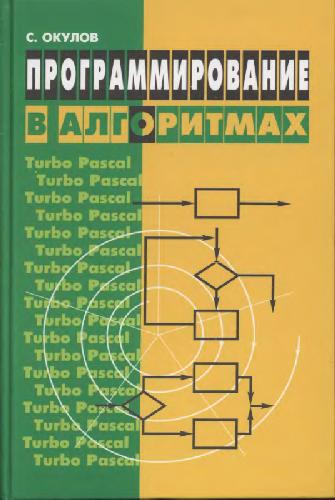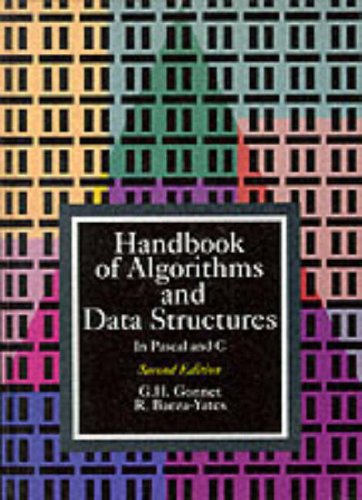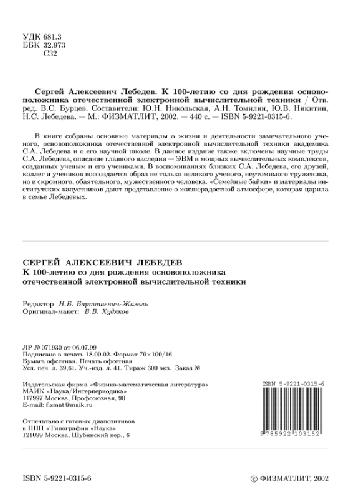James Bean978-0-12-374891-1
Table of contents :
Cover Page……Page 1
Copyright Page
……Page 2
Acknowledgments……Page 3
Origins of SOA……Page 4
Technology becomes a commodity……Page 5
Technology becomes a transformer……Page 6
A definition for SOA……Page 7
Consumers, services, and intermediaries……Page 8
Messaging—the means of interaction between consumer and services……Page 10
SOA Capabilities……Page 12
The Enterprise Service Bus—ESB……Page 13
The Service Registry and Repository—SRR……Page 15
Business Process Management—BPM……Page 18
Business Activity Monitoring—BAM……Page 21
Web Services Management—WSM……Page 22
Closing the SOA loop……Page 24
The benefits of SOA……Page 26
References……Page 27
Loose coupling……Page 28
Interoperability……Page 35
Reusability……Page 37
Governance……Page 40
Bind-time governance……Page 42
Run-time Governance……Page 43
References……Page 44
Web services and SOAP……Page 45
ReST style services……Page 50
Legacy services and APIs……Page 53
Summary……Page 54
References……Page 56
Data, the Missing Link……Page 57
Data at rest—persistence……Page 60
Data in motion—Messaged context……Page 62
Summary……Page 66
Reference……Page 67
Data Services……Page 68
A single data at rest data source……Page 69
Multiple and disparate data at rest sources……Page 78
Resolving impedance with data services……Page 91
CRUD-Based data services……Page 94
Summary……Page 96
References……Page 97
Transformation to Resolve Data Impedance……Page 98
Transformation……Page 103
Translation……Page 113
Aggregation……Page 118
Abstraction……Page 121
Rationalization……Page 123
Summary……Page 125
References……Page 126
The Service Interface—Contract……Page 127
Web services description language—WSDL……Page 130
XML schemas—XSD……Page 135
Extensible markup language……Page 136
References……Page 140
Canonical Message Design……Page 142
The message is a hierarchy……Page 144
Top-down canonical message design……Page 148
Design requirements……Page 149
Conceptual message design……Page 152
Logical message design……Page 154
Physical message design……Page 157
Create and refine message schemas……Page 167
Create WSDL……Page 169
Model-driven interface design……Page 170
Summary……Page 171
References……Page 172
The Enterprise Taxonomy……Page 173
Focus on common business language for discovery……Page 175
Broadening and Extending the Taxonomy……Page 176
Registry entries and discovery……Page 179
References……Page 181
XML Schema Basics……Page 182
Elements……Page 185
Attributes……Page 187
Simpletypes……Page 189
Complextypes……Page 195
Groups……Page 197
Namespaces……Page 200
Import, include……Page 201
Summary……Page 204
References……Page 206
XML Schema Design Patterns……Page 207
Complextype patterns……Page 208
Global declaration patterns……Page 214
Local declaration patterns……Page 218
Reusable schema patterns……Page 221
Substitution group patterns……Page 226
Summary……Page 229
References……Page 230
Schema Assembly and Reuse……Page 231
Identifying service interface schema reuse opportunities……Page 233
Interface schema granularity……Page 237
Designing the interface schema with intent to reuse……Page 240
Namespaces……Page 242
Schema reuse by reference and assembly……Page 244
Limitations and complexities……Page 249
Summary……Page 252
References……Page 253
The Interface and Change……Page 254
Schema extension……Page 256
Schema versioning……Page 263
Change and capabilities of the ESB and WSM……Page 270
Reference……Page 272
Service Operations and Overloading……Page 273
Service granularity……Page 276
Scoping of service operations……Page 279
Operations overloading……Page 281
Summary……Page 284
Selective Data Fragmentation……Page 286
Avoiding a complex or non-deterministic content model……Page 294
Summary……Page 295
Update Transactions……Page 297
Update Transactions and State……Page 299
Request-Reply Message Exchange Patterns……Page 305
Complexities of fire and forget for updates……Page 307
Summary……Page 309
References……Page 310
Fixed-Length Transactions……Page 311
References……Page 316
Document Literal Interfaces……Page 317
Reference……Page 322
Performance Analysis and Optimization Techniques……Page 323
Performance of the enterprise services bus or message backbone……Page 324
Security……Page 325
Uniform structure……Page 326
Navigation and data graphs……Page 329
Depth of nesting……Page 331
Verbosity……Page 332
Abstract vs. specific cardinality……Page 333
To validate or not to validate……Page 335
Summary……Page 336
References……Page 337
Error Definition and Handling……Page 338
Summary……Page 341
References……Page 342
Glossary and Abbreviations……Page 343
Important Web Services and Related Specifications……Page 347
References and Bibliography……Page 350
C……Page 355
I……Page 356
Q……Page 357
S……Page 358
X……Page 359







Reviews
There are no reviews yet.